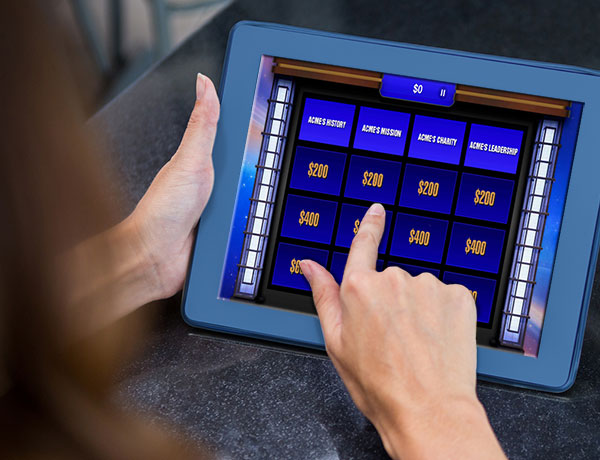5 Game Types That Align With Employee Performance Objectives
Games are a great solution for engaging your team; however, understanding which game to select before you start a game-based learning strategy is key to the effectiveness of the training. Start off by asking yourself these 4 questions:
- What performance problem am I trying to solve?
- What is the root of the performance problem?
- What skills will solve this performance problem?
- Can a game teach and reinforce those skills?
Not all games are created equal!
Once you understand what performance objective you are trying to solve, then you can decide which skill sets align with those objectives. Lastly, determine what gameplay will most effectively teach those skills. Here are 5 game types that will help you better align a game with your performance objectives.
Decision Making
People learn by doing and by putting your learners into realistic soft-skill situations (sales, customer service, negotiations, management, etc) with virtual characters you can challenge their cause and effect decision making skills and consequently identify key behavioral trends. A Scenarios game, allows to you create complex branching paths by simply uploading images and/or video and typing in 3-4 dialogue options per discussion point. Each answer maps to a positive, negative, or neutral outcome. Points are given to players based on the speed at which they arrived at a successful outcome.
Sequencing
Sorting games take into account multi-levels of thinking. Players are presented with different categories in rows and columns along with a bank of answers that need to be correctly dropped into the appropriate section. After completing as much of the grid as the player wishes, they simply tap the Submit button for their answers to be immediately assessed. Correct answers stay on the grid, while incorrect ones turn red and fly back to their original position in the answer bank giving the player another opportunity to set the answer into the correct position on the grid.
Visualizing
Many people are visual learners. Games like Memory Match and Recall test player’s ability to retain specific details without the benefit of knowing what to pay attention to beforehand. In the case of Memory Match players are required to match cards that are exactly the same or relate to one another. In the case of Recall, players view an image or video and are then asked one or more questions that relate to what they just saw.
Describing
If a person can describe, it’s an indication that they understand it. Games like Wheel of Fortune®, Word Scramble, and Crosswords all present learners with key information and challenge them to describe the answer in one or more words.
Recall
Recall games come in many shapes and sizes. The most popular examples are Jeopardy!® or Trivia but you can user other games like endless “jumpers” or “match 3s.” It’s important that you transform a typical quiz or assessment into an engaging, fun, and competitive game with points, streaks, leaderboards, and timers. Question types can include multiple-choice, multi-select, image match, text-input, and polling.


